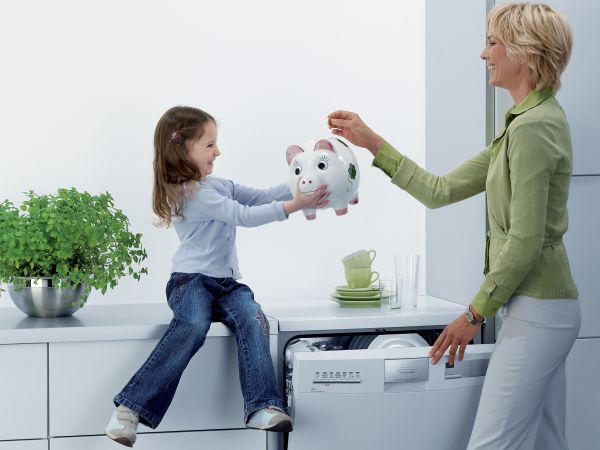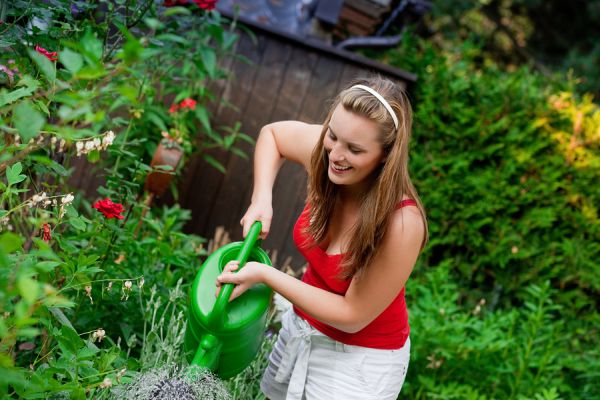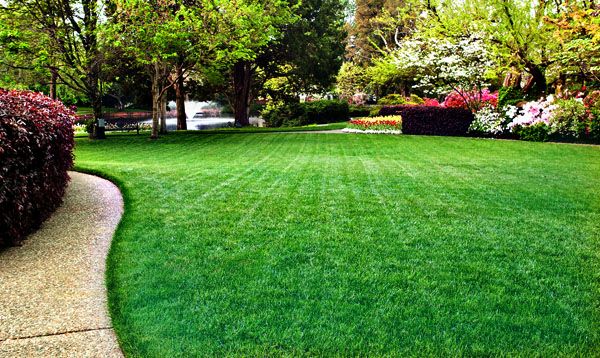If we want to save our environment then every step is important and you can start the initiative right from your kitchen and implement various eco-friendly steps. The steps can include thinks like cleaning habits, not using toxic chemicals in your cleaners or use of equipments, which is made out of sustainable materials. In the following sections let us look in detail the things you can do to create an eco-friendly kitchen.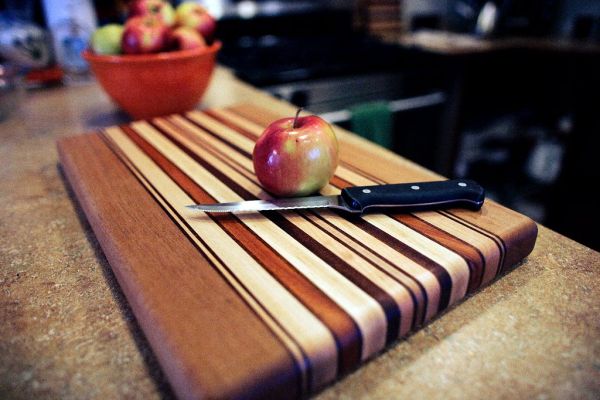
Wooden cutting boards:
Instead of using plastic cutting boards, you can use wood cutting boards as over time the plastic ones develop cracks, which lead to bacterial growth. The other thing you should know about plastic boards is that the likelihood of salmonella poisoning is twice more probable if plastic ones are used than in case a wooden board is used. In addition to it, plastic is not biodegradable so it is better to adapt eco-friendly boards.
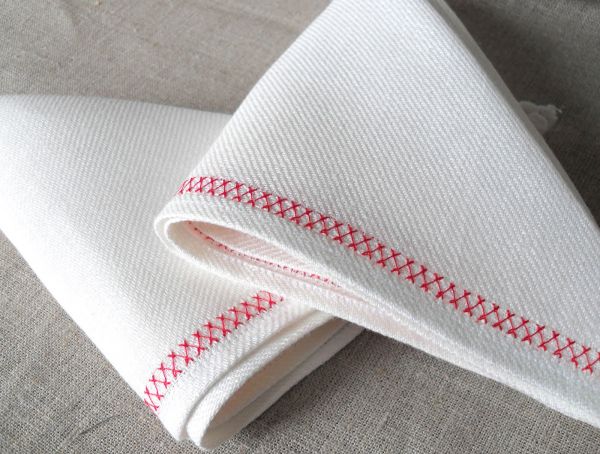
Napkins and towels:
It is estimated that more than three billion tons of napkins as well as paper towels are filling up the planet every year. The alternative is to use bio degradable as well as chlorine free napkins made from cotton cellulose pulp, which is a lot cheaper than paper towels.

Cookware:
If you are using nonstick cookware then it will be interesting for you to know that they have PTFE and PFOA, both of which are harmful chemicals. These are the chemicals, which produce fumes, which are a health hazard when the temperature moves beyond 464 degrees Fahrenheit. In its place, use cookware made of stainless steel, copper or cast iron.
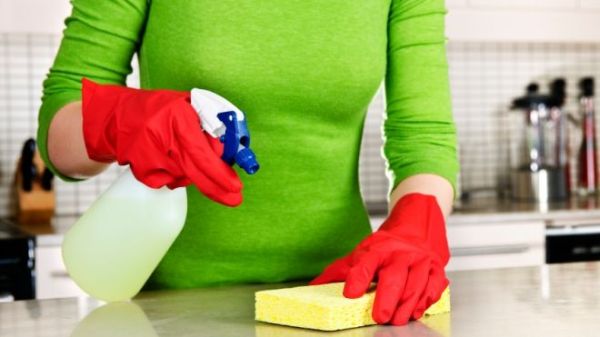
Cleaning Products:
Most of the cleaners have toxic chemicals, which are harmful for nature as well as your kids and family, as for example, the antibacterial soaps tend to have pesticides while some of the cleaning products have poison control hotline number mentioned on the label, which clearly highlights the risk of using them. The solution is to create your own cleaning product by using baking soda, lemons and vinegar as these 3 together can easily clean most of the thing in the kitchen. You can also look for plant based and biodegradable detergents produced by many companies nowadays.
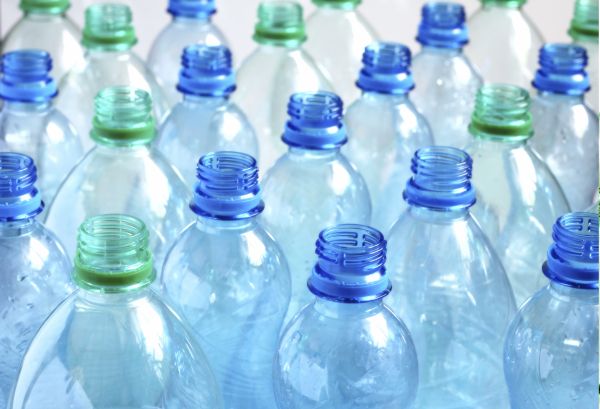
Plastic Bottles:
These plastic bottles and containers seem to be quite useful but they usually tend to release harmful chemicals into food kept in these containers. If they are exposed to heat, then they tend to break down and release chemicals into your food. It has also been found that plastic is fat-soluble thereby contamination of food items which are more oily such as cheese, dairy items or meat is more than just a probability. The solution is to replace plastic containers gradually with ceramic or stainless steel ones.

Compost System:
There are several benefits of creating your own compost system from reducing dependence on fertilizers to providing the right nutrients for the soil. All you will have to do is keep a compost bin in the house and dump all the food scraps and vegetable peels into the bin. After a few days, it will be turned into humus that is good for the soil.
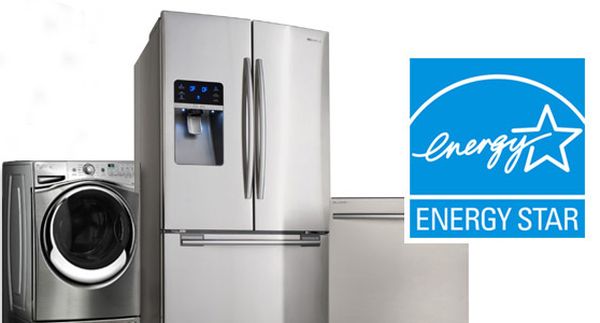
Energy Efficient Appliances:
At the time of purchasing appliances, such as refrigerator, look for ones that have Energy Star rating. These appliances are generally 15-20% more efficient in terms of energy consumption as compared to normal appliances, which will help save money on energy bills as well as reduce the demand for electricity that power grids have to bear.
Summary
There are several things we can do to make our kitchens more eco-friendly. By adopting a greener approach, we can help save the environment, while reducing our costs.


